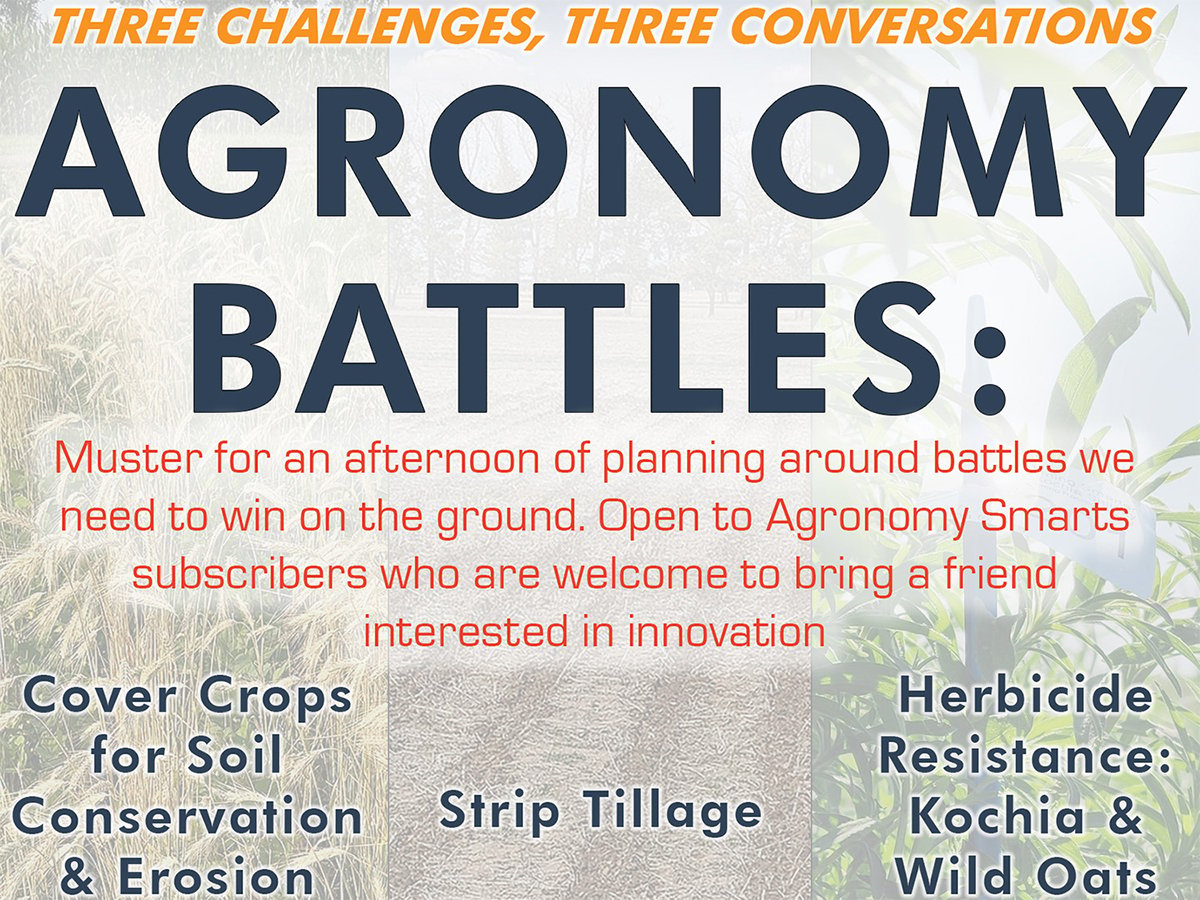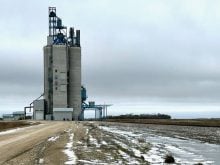An agronomic problem with a variety of Roundup Ready canola continues to mystify its distributor.
Brett Young Seeds is reassessing approximately 100 fields to determine why its Libred 799 variety of herbicide-tolerant canola suffered damage after being sprayed by Roundup.
Most of those fields are located in northeastern Alberta where soil conditions appear to be triggering a problem with the seed, said Harley House, Brett Young’s western Canadian marketing manager.
That’s about all that is confirmed since the intensive investigation was launched in late June.
Read Also

Farming Smarter to hold Agronomy Battles series
Southern Alberta non-profit research institute hope grassroots sessions with producers help focus future research on cover crops, strip tillage and herbicide resistance
“The frustrating part is that not an awful lot of new news is coming to light,” said House.
The damage is quite localized. Farmers in northeastern Alberta seem to be having problems with Libred 799 while many other prairie producers are not.
Brett Young officials have visited approximately 100 fields, representing 20,000 acres of land where crop damage has been reported. House said three-quarters of those cases have been deemed legitimate problem sites, while the remainder are experiencing some other type of agronomic difficulty.
The land in question represents less than one percent of the 250,000 acres of Libred 799 estimated to have been seeded this year. Most of the crop damage has been reported by farmers in a triangular region delineated by the communities of Edmonton, Camrose and St. Paul.
One producer, who asked to remain anonymous, said the problem is clearly a tolerance issue because he has a different variety of Roundup Ready canola that is healthy and growing adjacent to a devastated field of Libred 799.
House thinks he knows which farmer that is and claims the damage in that case is due to Group 2 herbicide residue. The farmer told Brett Young officials he sprayed Pursuit on that field a few years earlier.
With two years of dry weather, the herbicide residue was probably still in the soil of the field where the Libred crop was planted, said House. That would explain why the Libred crop died and the other Roundup Ready variety is thriving.
But House admits there are cases where the damage can’t be blamed on herbicide residues or any other obvious causes. And that has him perplexed.
What’s really stumping Brett-Young officials is that the Libred 799 seed met all of Monsanto’s requirements and was triple-checked for its tolerance ability last winter.
One emerging hypothesis is that the Lembke plant breeding system used by Brett-Young Seeds is having a detrimental reaction on the canola when combined with certain soil conditions.
“It has definitely crossed our minds that that could be a factor.”
But House emphasized it’s premature to say what the exact source of the problem is. That’s why the company is hiring an outside contractor to help revisit the 100 affected fields to search for a definitive answer.
House hopes that process will be complete by July 25. He said the company is not even contemplating the idea of compensating farmers until those farm visits are done and the results analyzed.















